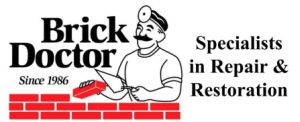Brick Repairs & Mortar Restoration
Brick Doctor is the leading brick repair specialist in the Dallas/Fort Worth area. We specialize in crack repairs and replacing broken brick due to foundation settling, vehicle damage, plumbing repair damage, and deterioration problems. These repairs involve several important details to insure they are both professional looking and long lasting.
Determining the Scope of Work.
The first critical step in any repair is to properly identify what needs to be done. A Brick Doctor Project Manager can meet with you and help you determine a reasonable scope of work, based on your needs and wishes. Your desire to simply improve the appearance of your brick may alone determine your needs.
Some minor imperfections in your brickwork may not require repair at all, such as fine hairline cracks or minor erosion of mortar.
However, delaying other repairs could allow damage to other components of your home. For example, broken brick and cracked mortar joints wider than 1/16” (Can you insert a dime in the crack?) not only look bad, but can also allow water penetration with resulting damage to other construction materials behind the wall.
Brick Doctor can help you prioritize any necessary brick repair issues and give you a free written estimate for restoring your home’s brickwork to its original (or even improved) beauty and function.
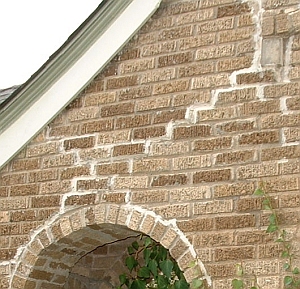
Proper Brick Matching is essential. Damaged, cracked, or severely deteriorated brick should almost always be sawed out of the wall and replaced with new units. If you don’t have extra matching bricks, leave it to us to find the best available match.
Brick Doctor’s large inventory of rare and hard-to-find brick, and expertise in finding or creating special colors and textures is critical to the process.
Trust us, “Brick that don’t match will look like a patch.” Many of our projects include re-doing such repairs performed by others. Here are more tips on brick and mortar matching.

Repairing Mortar. The technique for repairing mortar properly, or “repointing,” is similar to a dentist’s repair on a tooth’s cavity—the doctor doesn’t simply fill the cavity in a one-step procedure. Voids and deteriorated or cracked mortar joints must first be ground or chiseled out to a minimum depth of 5/8” and the cavity cleaned out thoroughly.
For repairs, mortar should be pre-shrunk, and the cavity moistened before placing the new mortar. These steps take additional time but help to insure proper bonding of the original mortar to the new mortar, and helps prevent shrinking as it dries. Mortar should be custom-blended to match existing, without using unauthorized additives such as latex.
Any additive should first be approved by a proper governing authority to insure that it meets industry standards for strength and durability. (For further details, go to Brick Institute of America site , and then go to technical notes, mortar, additives).
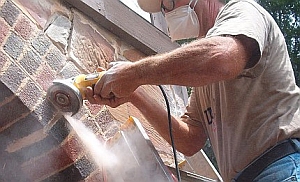
Expansion Joints. Most Metroplex city building codes now require vertical expansion joints to be placed in brick walls on new construction to help prevent settling cracks. These “seams” in the walls are quite effective when spaced properly, and can also be added to existing homes and buildings that have suffered from foundation settling.
After the crack and brick repairs are completed, expansion joints can be cut completely through the brick and mortar, and caulk joints created. This allows minor expansion and contraction of the adjacent veneer walls without re-cracking the brick and mortar joints.
“Hind-sight is 20-20,” so it’s a good idea to add one or more where you know settling problems exist, usually under windows or in the middle of a long wall, such as on the side of the garage. This represents an additional expense, but should be considered preventive maintenance since it often eliminates the need to repair cracks to the same areas over and over again.
Even if you are considering selling your home, it may give you peace of mind that you are transferring the property without significant risk that the brick may re-crack.
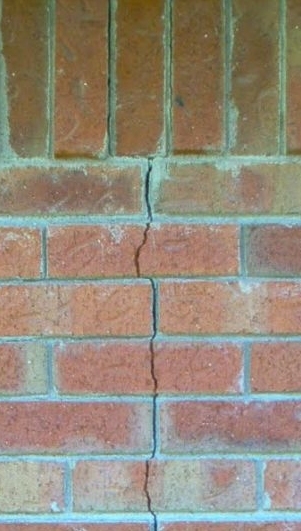
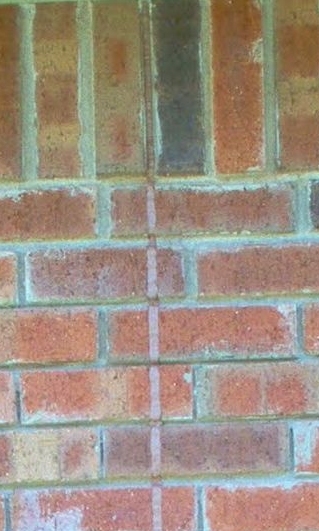
We’re here to help – If we can help you with any of these services, please give us a call or click to request an appointment today! Contact Us
